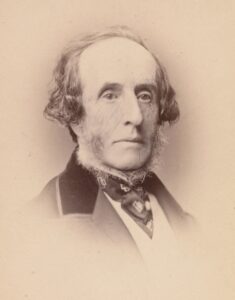Taylor Piece Rate System

Example: If the fixed output per day of a company is 10 units and the wages are fixed at $10 per unit for efficient workers and $8 per unit for less efficient workers, then for 12, 10, 8 and 6 units, wage rates will be as following
| Worker | Output | Wage per Unit | Total Wage |
| A | 12 | $10.00 | $120.00 |
| B | 10 | $10.00 | $100.00 |
| C | 8 | $8.00 | $64.00 |
| D | 6 | $8.00 | $48.00 |
Merits of the Taylor Piece Rate System
- Workers work at their full capacity.
- The labour is aware of the rate of wages and the amount of work beforehand, hence he tries to increase his production above the set standards.
- There are no wage cuts as in other systems rather the policy of more production, the more the wages are followed.
Demerits of the Taylor Piece Rate System
- This system does not differentiate much on the basis of efficient and less, efficient workers.
- There are no minimum wages fixed, as in the case of the Time Wage System.
- On additional production, the worker’s wages are increased at the normal wage rate only.
- This system encourages the workers to produce more; in which case, the workers neglect the quality of the product.
